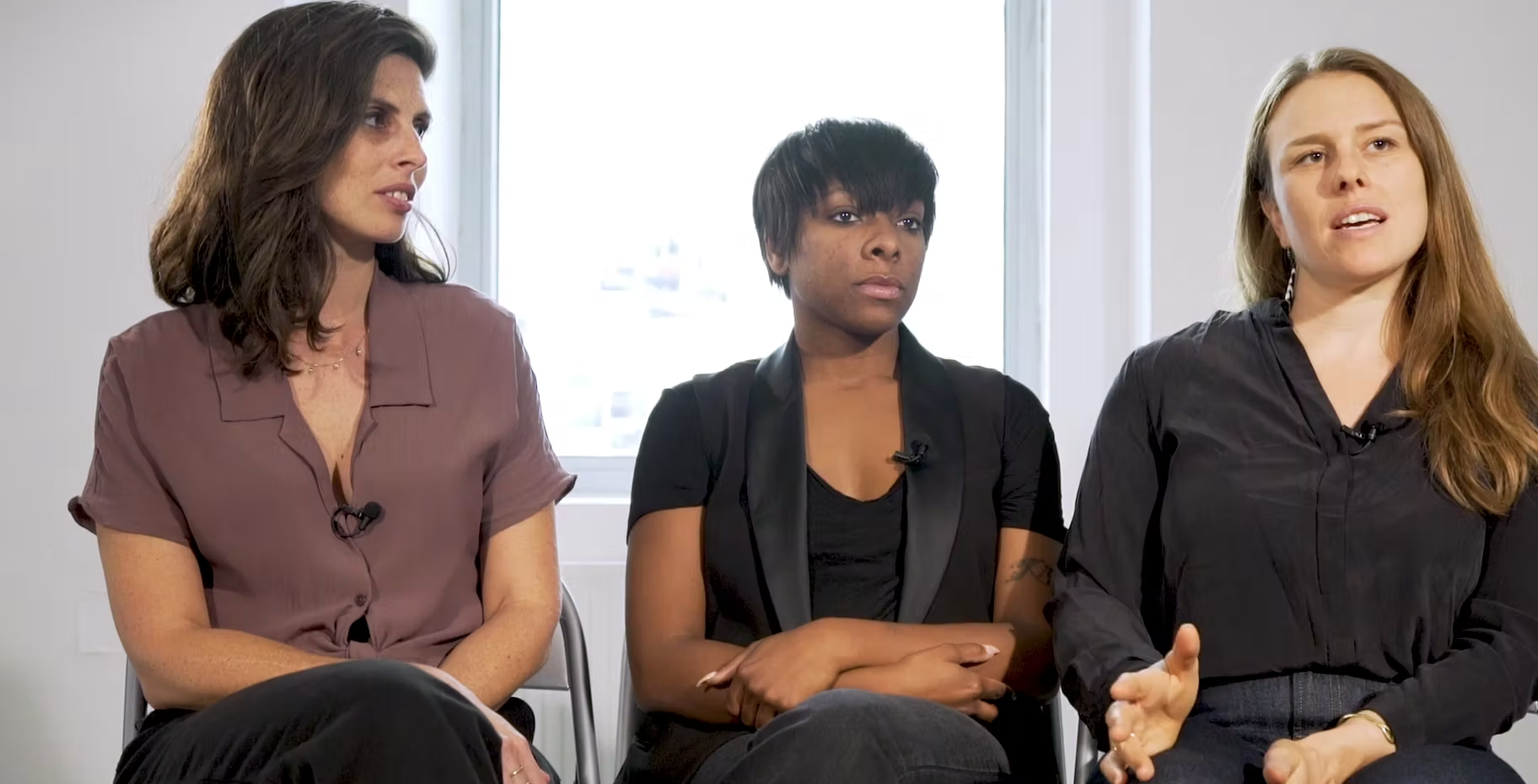
30 Mar Women Filmmakers are Shifting the Narrative at SXSW
BY KATHIA WOODS
South by Southwest started as a music festival in 1987, and the music segment of the festival is still the largest attraction. However, the film festival presents an opportunity for filmmakers to network with brands, industry experts, and other technology innovators in addition to showing their films. These extra benefits are what distinguishes SXSW from other festivals. This year the film festival returned to in-person gatherings after a year of providing a stay-at-home experience. This year’s festival operated on a hybrid model, allowing viewers to attend in person or watch online from the comfort of their own homes.
This increased coverage benefits the creative community. The festival has always made room for independent filmmakers, especially women, and with this month being Women’s History Month, it’s only natural that some of those filmmakers and their films be highlighted.
Festivals like South by Southwest may not be the springboard to awards season, but they do provide large audiences, and this year was no exception. Women directed or co-directed nine of the 16 feature competition films, and approximately 56 of the total of 99 feature films playing at the festival.
Documentaries continue to provide the most opportunities for female directors. In its report titled “Indie Women in a Pandemic Year,” the Center for the Study of Women in Television and Film discovered documentary films continue to employ a higher percentage of behind-the-scenes women than narrative features. Twenty-nine of the documentaries at this year’s festival were directed by women, and many of the documentaries bring awareness to important issues. For example, Aftershock used a congressional testimony by Charles Johnson who lost his wife Kira due to childbirth complications. He then worked with Rep. Jaime Herrera to draft and pass the Preventing Maternal Death Act of 2018. Additionally, A Woman on the Outside shows the generational damage of incarceration in a time when police and sentencing reform are major political issues.
In terms of race, the women directors at SXSW were a diverse group. However, one area in which the festival continues to struggle is achieving greater balance in its choice of programming. While the festival does highlight works by women, these works often center stories about trauma and pain. This is especially the case when it comes to films made by or starring Black female creatives.
While there were many great films at the festival, the films listed below were chosen for their subject matter and for evoking a lasting effect on viewers. These films, while heartbreaking at times, raise awareness of important issues affecting our world, demonstrating the true power of film.
Documentaries outshined features at this year’s festival; hence, the list has more documentaries than features. Some films were more successful than others in conveying their message, such as Soft & Quiet, which prioritized trauma over value, but each film demonstrates that the directors have a bright future in this industry.
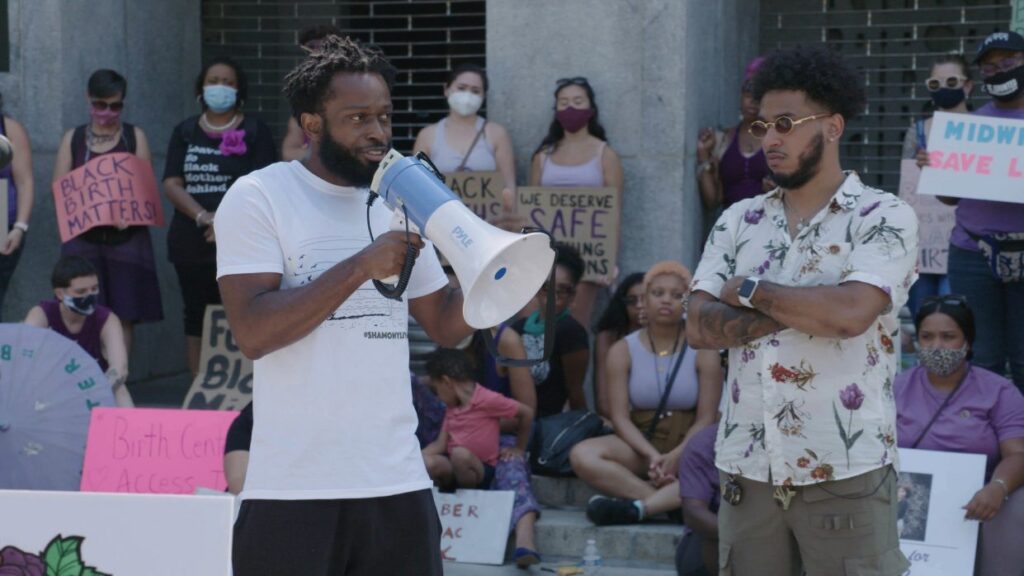
Aftershock
Directed by Paula Eiselt and Tonya Lewis Lee
Black women die after childbirth at a rate that is two to three times that of white women. Aftershock is a documentary that puts this subject in the spotlight. Following its Sundance premiere, the film reached a larger audience at SXSW. The film centers on the deaths of two young Black women (Shamony Gibson, thirty, and Amber Rose Isacc, 26)that sparked protests in New York City, questioning the behavior of health care providers in the public health care system. Bereaved fathers banded together to form a support group and begin advocating for their deceased partners. In up-close interviews with their surviving partners and family members, we hear how the women’s outcries were dismissed, adding to the heartbreak of the situation. It’s tough to see men balancing grief and single fatherhood at once. While the film is difficult to watch, it is a powerful film that challenges the racism embedded in the medical system.
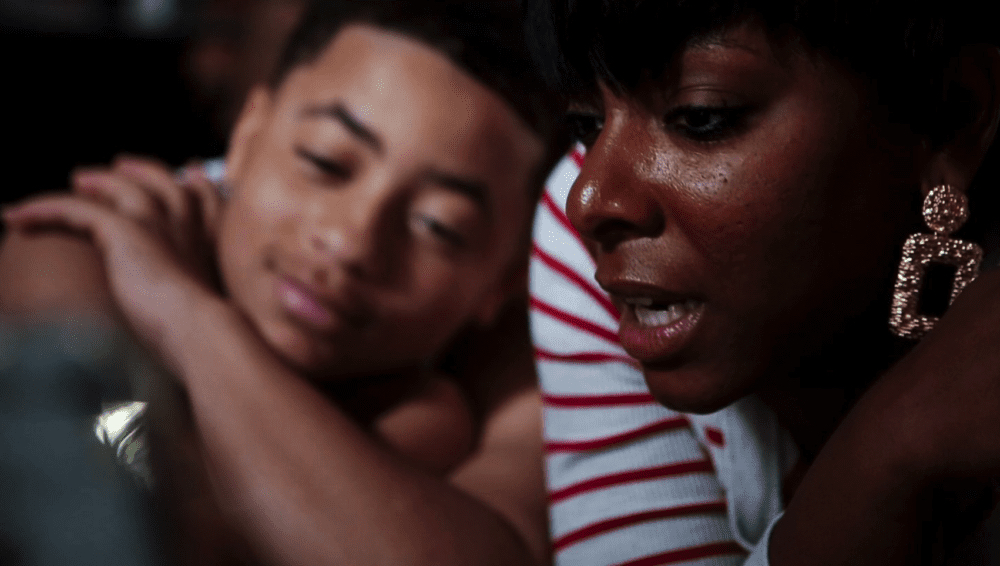
A Woman on the Outside
Directed by Zara Katz and Lisa Riordan Seville
Nothing has hurt the Black family more than the pipeline to prison. Black men are nearly twice as likely as Hispanics and six times more likely than whites to be incarcerated at some point in their lives, leaving many children to grow up without a father or male presence in their lives. A Woman on the Outside confronts the heartbreak of imprisonment and how that trauma affects those left behind. This film, directed by Lisa Riordan Seville and Zara Katz, follows the life of Kristal Bush, the daughter and sister of two men incarcerated in Philadelphia. She founded Bridging the Gap, LLC, an organization that provides transportation for family members to visit their loved ones, after recognizing the need to keep the bond of family ties together due to her own family’s breakup. People usually serve time in locations that are difficult to reach by public transportation. The documentary is not only about the transportation service; we also learn about this remarkable young woman’s story and how she is fighting to keep the remaining members of her family alive. This documentary shows, without judgment, that incarceration is a significant component of the breakup of the Black family and the strain it places on those left behind. Kristal Bush is the poster child for perseverance.
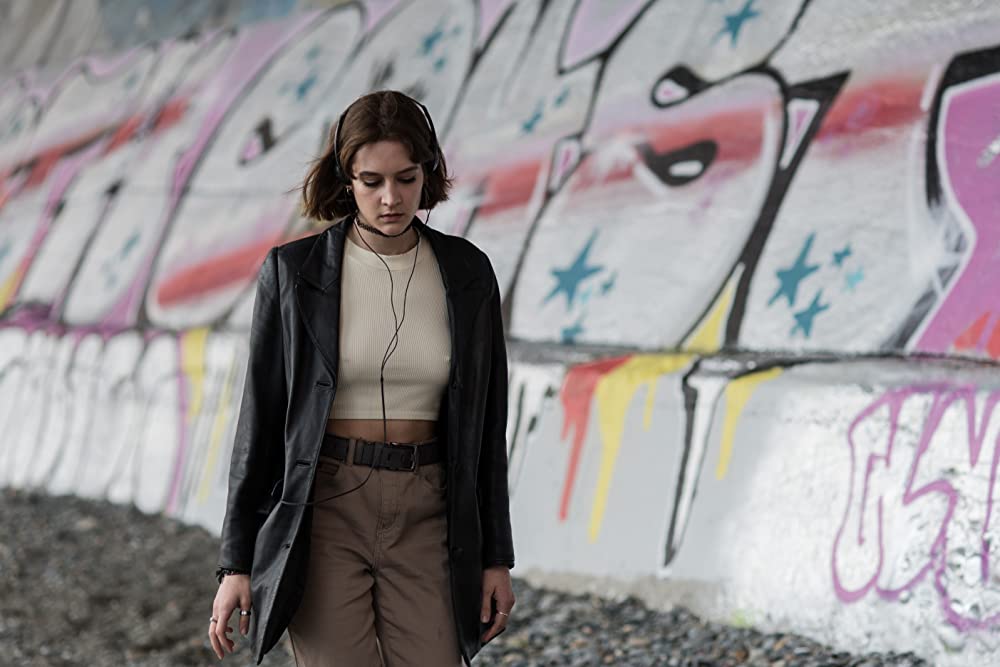
Nika
Directed by Vasilisa Kuzmina
A Russian film directed by Vasilisa Kuzmina, Nika depicts a young woman struggling to find her way. The film is based on the true story of Nika Turbina. She was a world-renowned Soviet child poet whose stardom faded as she reached adulthood in the 90s. The film introduces us to an adult Nika who is struggling to make sense of her life. She still shows signs of artistry and aspires to be an artist. The young author is given one last chance to return to the world of creativity. She intends to attend a Drama School in Moscow, where she will be able to distance herself from her overbearing mother. One of the reasons Nika is unable to come into her own is that her mother keeps setting her up with men. These men want to possess her, but Nika is fed up with her mother’s ruses and rebels at every opportunity. She is desperate to be free. Elizaveta Yankovskaya is excellent as Nika, but the filmmakers did not provide her with enough material to show us who this woman was and what contributed to her untimely death. The ending leaves the audience with many unanswered questions, aside from learning about what appears to be an important figure in Russian literature.
Nika will also face a significant challenge in finding an audience willing to watch a film about a Russian girl’s obsessive personality while Russia is at war with Ukraine.
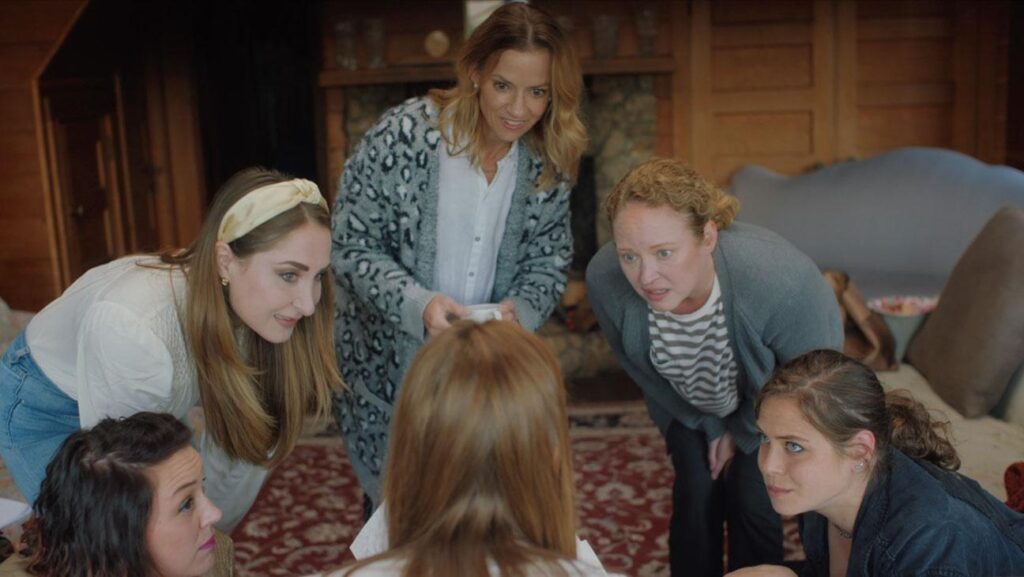
Soft & Quiet
Directed by Beth de Araújo
Soft & Quiet is the polar opposite of what the title implies. This feature film, directed by Beth De Araújo, tells the story of a gathering of racist white women. During the meeting, the women share their prejudices and how the United States is becoming more accepting of different races and religions, claiming that that prevents them from succeeding in life. This film is straight out of the front pages of the most recent red-state hysteria. On paper, this film appears to be an exciting experiment, but the execution is pure trauma porn.
The film revolves around the lives of Emily, a Kindergarten teacher; Nora, a proud Klan member; Leslie, a woman on parole, Kim, an anti-Semitic store owner; Marjorie, a worker who believes she missed a job promotion due to a Latina employee; and Alice, a mom who is just racist. During the meetup, the women exchange vile stories and gripes. After being forcibly relocated, the night takes a disastrous turn when they encounter two Asian girls and decide to assault them.
Soft & Quiet had a chance to say something here. Instead of demonstrating how hysteria and misinformation fuel racism and xenophobia, the film chose to subject the audience to an uncomfortable ride with no ideology or purpose. In an era when Asian hate crimes are on the rise, and we are struggling for clarity, one must wonder who the intended audience is.
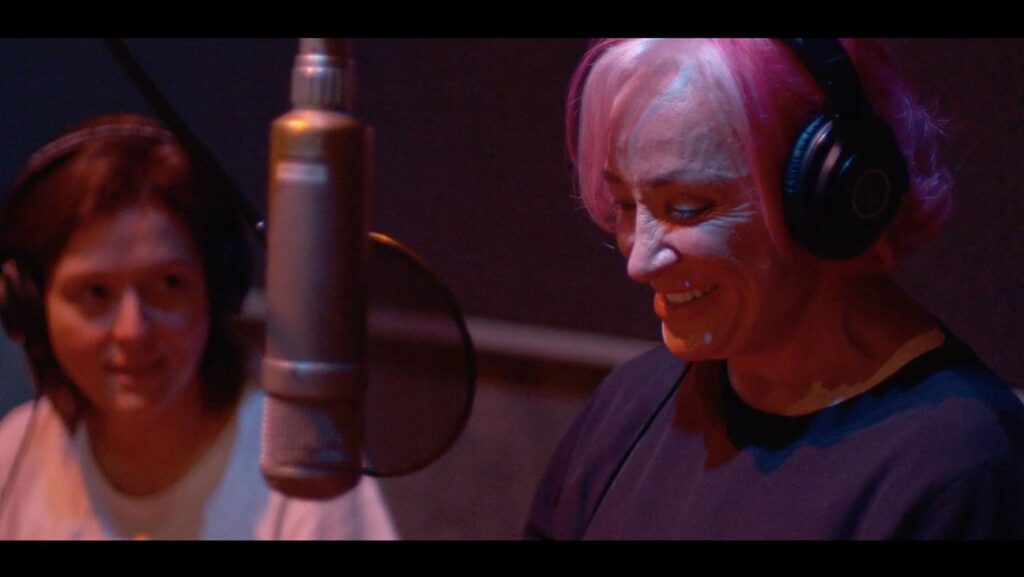
The Return of Tanya Tucker – featuring Brandi Carlile
Directed by Kathylyn Horan
Tanya Tucker was the wild child of country music, and behind those torrid romances is a real woman with heart and tremendous talent. The film, directed by Kathlyn Horan, gives an insightful look into the legend that we don’t often get to see. Many in the younger generation probably don’t know that many of these current heartbreak songs and nontraditional women in country music were influenced by Tucker. Helping to bridge that gap is singer-songwriter Brandi Carlile. She, along with Shooter Jennings, wrote an album for Tucker with songs about her amazing life and helping to place her back where she belongs: on center stage. As Tucker states in her CBS This Morning interview, it’s not a “comeback, but a relaunch.” An example of this is when Carlile asks Tucker about her relationship with her father. The conversation inspires Carlile to write the song “Bring Me My Flowers.” Carlile’s questions aren’t meant to be inquisitive, but rather to allow her to incorporate more of Tucker into the project. What is captured on screen is rare in terms of artistry: a younger musician using her platform to bring a mature artist back to the masses resulted in Tucker winning her first Grammy. It’s also beautiful to see strong, talented women complimenting each other to create such magic. As viewers, we are fortunate to see Tucker in such a significant element while she is still strong and lends us heartfelt vocals. It’s also gratifying for younger generations to see that women in country music have always been present and standing firm.

Kathia Woods is a film/television critic, and entertainment journalist. She is the creator of CupofSoulShow and a contributor to The Philadelphia Tribune.

Sorry, the comment form is closed at this time.